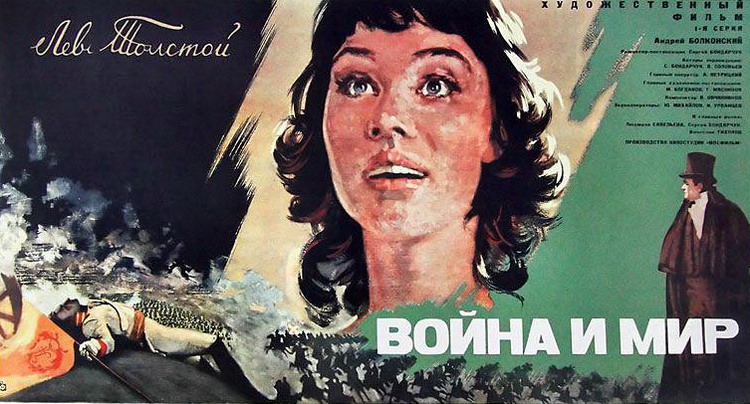Cities as we know them came into being when they industrialized in the 19th century. Film as we know it came into being when its own industry developed in the 20th. And so film came into its own in an era when cities around the world had become the most fascinating places going. It makes sense, then, that early motion pictures — even the very earliest, in the form of the Lumière brothers’ shots of the streets of 1980s Lyon — often took cities as their subjects.
“The 1920s were a key decade in the development of cities,” writes urban cartographer and explorer Eric Brightwell. Not only did that era see the beginning of the preservation movement, “built around the notion that architecture and history were sometimes as worth preserving as wilderness and nature,” but “the 1920 census revealed that for the first time more Americans lived in cities than the country. Le Corbusier began writing his series, ‘1925 Expo: Arts Déco,’ and Art Deco soon became one of the architectural styles most closely associated with high-rises.”
Brightwell adds that “the 1920s also gave rise to the city symphony.” They’ve been loosely defined “as a poetic, experimental documentary that presents a portrait of daily life within a city while attempting to capture something of the city’s spirit.”
Some important examples within the genre include films such as Paul Strand and Charles Sheeler’s short Manhatta (1921), Alberto Cavalcanti’s Rien que les heures (1926) on Paris, Walter Ruttmann’s Berlin: Die Sinfonie der Großstadt (1927), André Sauvage’s Études sur Paris (1928), Dziga Vertov’s Man With a Movie Camera (1929), Adalberto Kemeny and Rudolf Rex Lustig’s São Paulo, Sinfonia da Metrópole (1929), and Alexander Hammid’s Bezúčelná procházka (1930). (Even fiction films of the era took notice of the new urban condition in a big way; see, to name one obvious example, Fritz Lang’s Metropolis.)
These films, each of a slightly different and sometimes more than slightly experimental form, do indeed capture the sense of possibility that only a city can give off. Alas, the next eighty years of the 20th century—a time when even some of the greatest metropolises would suffer population exodus, freeway-building, and “urban renewal” in all its forms—wouldn’t treat cities very well. But they’ve now made a comeback, signaled by the much-discussed fact that, in the 21st century, more human beings everywhere live in cities than not. Maybe this new era of cities will bring about a new era of city symphonies. If so, its filmmakers will certainly have a rich tradition to work with.
Related Content:
Free: Dziga Vertov’s A Man with a Movie Camera, the 8th Best Film Ever Made
Paris Through Pentax: Short Film Lets You See a Great City Through a Different Lens
A Drone’s Eye View of Los Angeles, New York, London, Bangkok & Mexico City
The Oldest Known Footage of London (1890–1920) Features the City’s Great Landmarks
London Mashed Up: Footage of the City from 1924 Layered Onto Footage from 2013
Dramatic Color Footage Shows a Bombed-Out Berlin a Month After Germany’s WWII Defeat (1945)
Colin Marshall writes on cities, language, Asia, and men’s style. He’s at work on a book about Los Angeles, A Los Angeles Primer, and the video series The City in Cinema. Follow him on Twitter at @colinmarshall or on Facebook.


